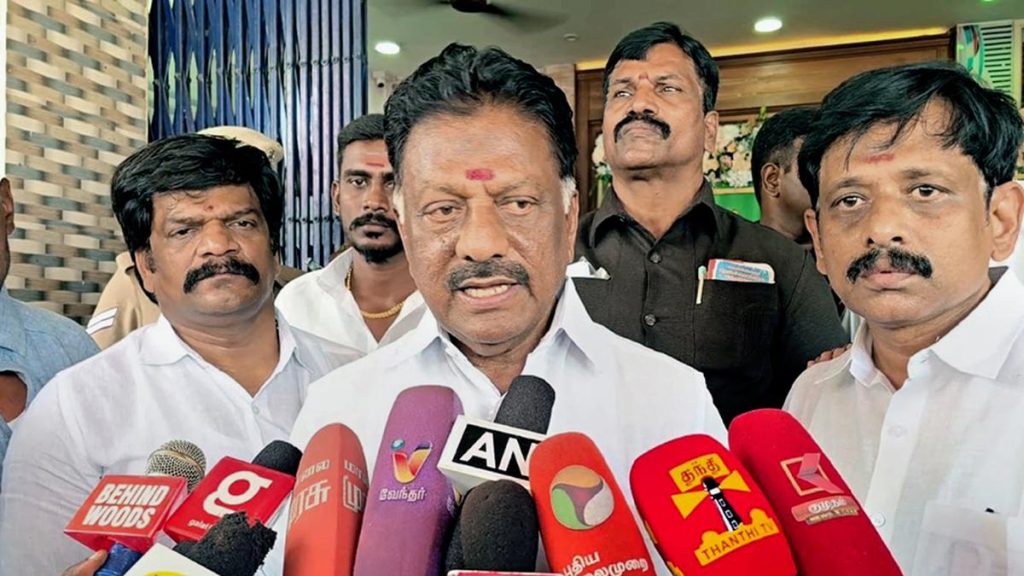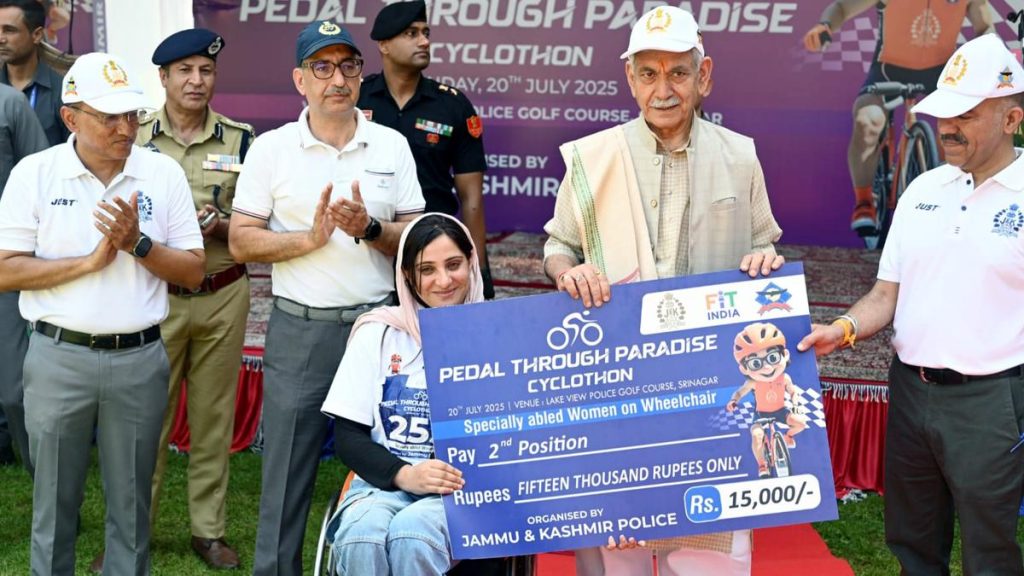Now Reading: How This Indian City Eliminated Traffic Jams and Honking
-
01
How This Indian City Eliminated Traffic Jams and Honking
How This Indian City Eliminated Traffic Jams and Honking

Rapid Summary:
- Aizawl,the capital city of Mizoram,has become India’s first city to implement a no-honk policy without any official support or legislation.
- Horn honking is identified as the most common source of noise pollution, wiht an average car horn emitting around 110dB-posing important health risks. ENT experts warn that urban populations have increasingly lost hearing ability below 20dB due to prolonged exposure to noise pollution.
- Mumbai was listed as India’s noisiest city in a 2013 report, followed by Lucknow, Hyderabad, New Delhi, and Chennai; Gurugram attributes up to 70% of its noise pollution to honking. Continuous exposure beyond 55dB increases risks of heart disease and stroke.
- WHO estimates “One million healthy life years are lost due to traffic noise” annually worldwide. A short film titled Tranquillity, directed by Prabhu Deva along with young filmmakers from Nagaland and Mizoram, documents Aizawl’s inspiring journey toward becoming a noise-free city.
- In contrast with noisy metropolitan areas like Mumbai and delhi, Aizawl’s streets are filled with natural sounds such as birds chirping.
Indian Opinion Analysis:
Aizawl’s self-driven initiative reflects how collective societal action can lead to meaningful change even without formal legal enforcement or government intervention-a promising model for tackling systemic problems such as urban noise pollution across India’s cities. By prioritizing community awareness and cooperation over punitive measures like fines (which often remain inefficient), this approach could inspire other cities plagued by the same issues.
The WHO warnings about prolonged exposure above safe sound levels underline severe public health consequences that demand urgent attention in heavily congested urban hubs like Mumbai or Gurugram-both identified hotspots for excessive honking-related disturbances. While nationwide reform may be ideal eventually through stringent regulation or infrastructure redesigns (such as silent zones), grassroots examples like Aizawl emphasize the power of behavior-led strategies first.
India faces growing challenges from industrialization-related hazards affecting livability; incorporating sustainable practices alongside efforts in civic activism could foster healthier environments for all citizens across differing socio-economic settings.























